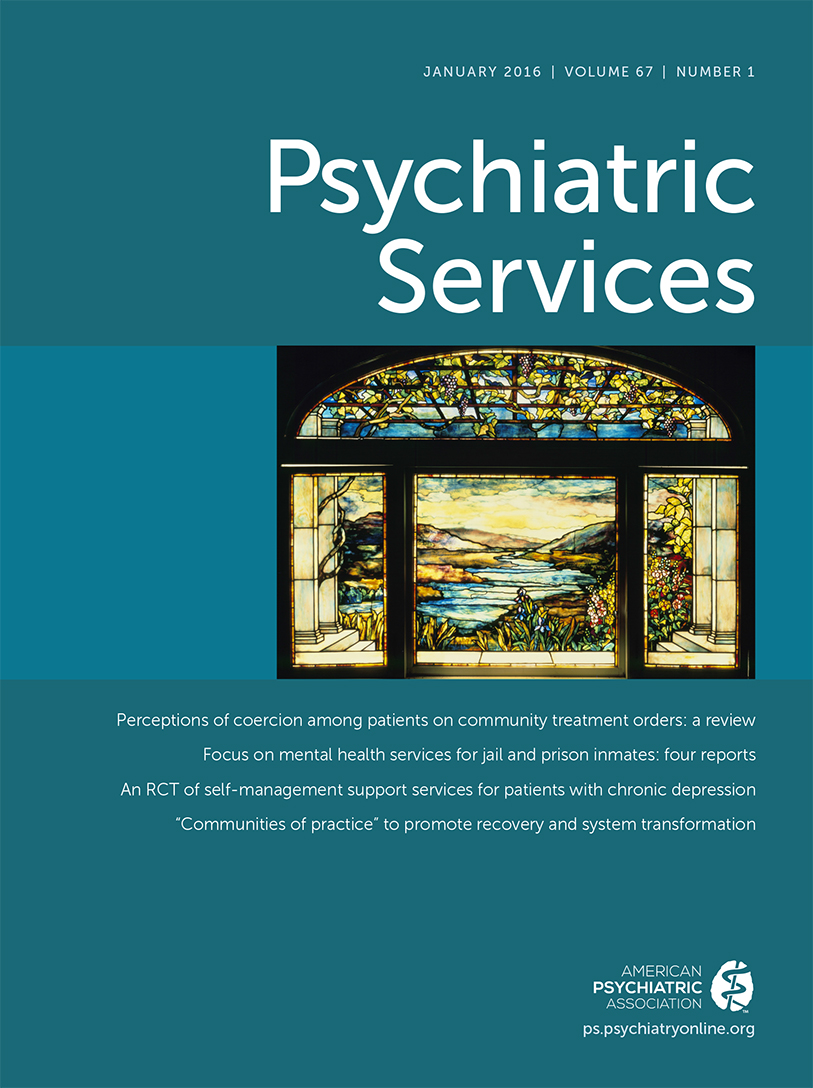Intensity of Offending Following State Prison Release Among Persons Treated for Mental Health Problems While Incarcerated
Abstract
Objective:
This study examined a range of demographic, clinical, and criminal history factors as they relate to the intensity of offending for up to two years postrelease.
Methods:
This study drew on data from 1,438 individuals released from Massachusetts state prisons between 2007 and 2009 who, while incarcerated, received treatment from the prisons’ mental health services and were followed for 24 months postrelease. These data were used to explore predictive factors related to the intensity of criminal justice involvement, defined as number of arrests in the two-year follow-up period.
Results:
Predictors of subsequent arrests included number of previous incarcerations and black race. Protective factors included older age, supervision by parole, and a drug-related or person-related governing offense on previous arrest. Clinical symptoms were not related to incidence of postrelease arrests.
Conclusions:
This study identified factors related to criminal history, such as type of charge, that were associated with the intensity of subsequent criminal justice involvement. These findings have not been reported in previous studies, perhaps because intensity of offending as opposed to a different dependent variable was used to measure criminal justice involvement. Further investigation should focus on whether the type of previous offense is related to postrelease risk factors for recidivism.



